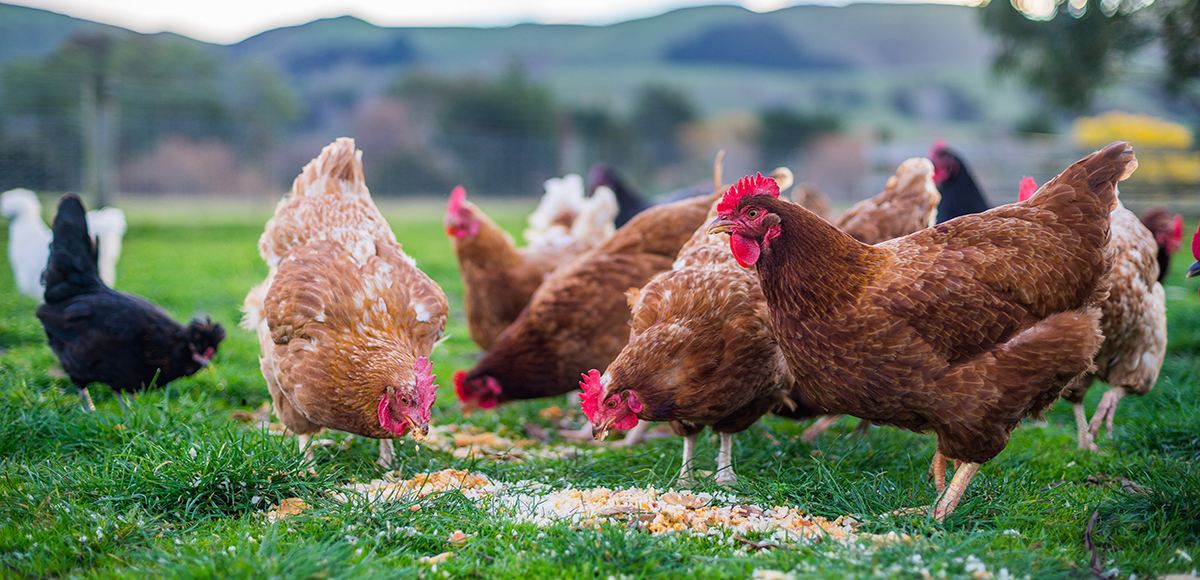3D Motion Tracking for Biomechanics, Research, VR and…Chickens?
Posted: April 24, 2018

At Polhemus, we cater to a wide variety of motion tracking applications. With a focus on healthcare, defense, and research and technology, we have tracked a lot of movement of both people and things in the past 40+ years. Many markets have benefited from our tracking systems, including biomechanics, researchers and VR applications that are popping up in new industries every day. We’ve delivered head tracking, hand and finger tracking, and wireless motion tracking solutions. We’ve broken new ground with large area tracking, digitizing solutions and much more-- but in all our combined years of experience, no one on our team had ever encountered the challenge to track chickens.
The sales meeting started with a human factors biomechanics application discussion. It called for multiple tracking points on the body and a large tracking range area. The team talked through similar applications that had been done before, with several people chiming in with experiences and insights.
In this particular case, shoulder movement would need to be measured, a gait analysis would need to be performed on the subject, and the tracking environment had some challenges. Many questions quickly emerged, such as, “Should we go wired or wireless?” And “Can you drop the electromagnetic source from the ceiling?” and “What is the total number of points to be tracked?”
Notes were taken and next steps outlined. After the biomechanics discussion concluded, one of our most experienced sales reps said, “I’ve got a guy who wants to track chickens.” After a slight pause, the team began asking questions, as they did with any tracking challenge, starting with, “What’s the size of the tracking area?” Someone else asked, “Just one chicken or multiple?” As the team began to discuss the application in detail, there was noticeable curiosity in the room.
One of our most experienced sales reps said, "I've got a guy who wants to track chickens."
Our researcher wanted to gather data regarding the habits of chickens, including their trips to get water and their treks to the feeding area. Our customer even needed to know which chickens were pecking at each other’s chicken feathers—even the chicken bullies would be identified. We were all intrigued.
We are well-versed in the areas of biomechanics, a wide variety of VR applications, including training and simulation, and more, and the area of research and technology continues to broaden for us. We’re getting more new questions that we’ve never been asked before—it’s an exciting time in VR.
At Polhemus, we’ve enabled the training of welders using Virtual Reality, reducing costs and bettering their skills; our technology has measured the subtle hand movement of a Parkinson’s patient to better understand their progress; and we’ve embedded our sensors to track the position and orientation of an ultrasound wand, resulting in better trained medical technicians. And we’ve learned there is even value in tracking chickens for agricultural research.
What’s your motion tracking challenge? We’ve likely done it. If we haven’t, we’d like the challenge. It’s what we do.

